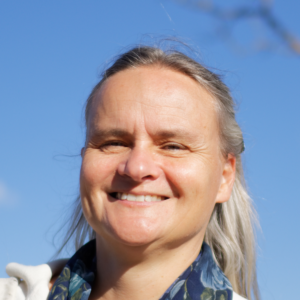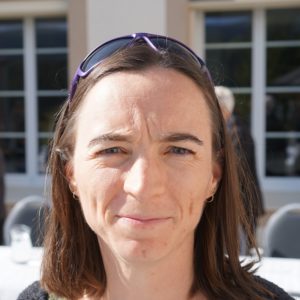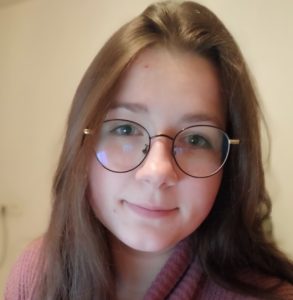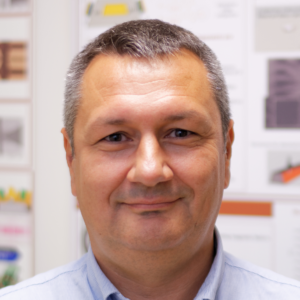Overview
The group activities cover up-stream research on physical phenomenon potentially useful for future sensors, as well as sensor development (proof of concept) and expertise to support industrial R&D. This experimental research is essentially based on magnetic (VSM, MOKE) and electric measurements (magnetotransport, noise).
Research topics
Towards gate controlled devices
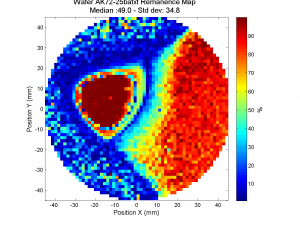
The control of magnetic interfacial properties by a gate voltage allows low power control of spintronic devices and provides a versatile, local and dynamic degree of freedom that can be implemented in innovative designs. Aiming at an efficient control of devices, we optimize materials and unravel the mechanisms of electric field effect on interfacial anisotropy, Dzyalonshinskii-Moriya interaction (DMI), and non-trivial spin textures such as skyrmions.
Ultra-sensitive sensor for space
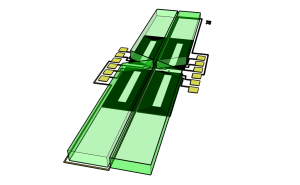
We develop an ultra-sensitive sensor able to detect magnetic fields smaller than 1pT at low frequency. This sensor could replace magnetic sensors usually boarded on space mission with a significant weight reduction, or be used for magneto-cardiography.
Industrial sensor design
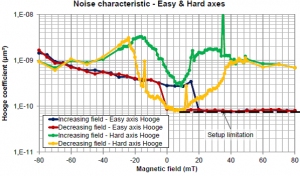
We provide design principles to the company Crocus Technology to target specific sensor performance in terms of sensitivity, noise, detectivity, linearity, and hysteresis. For this purpose, we perform electrical characterization, noise measurements and analysis, and numerical simulations.
The team
Former members
Research engineer
- Amandine BOCHEUX (2015-2016)
- Arnaud PAGEAU (2017-2018)
- Julien VIDAL (2017-2018)
- Vincenzo PASANISI (2018-2019)
PhD
- Myckael MOUCHEL (2014-2017)
- Marine SCHOTT (2014-2017)
- Paulo COELHO (2014-2017)
- Titiksha SRIVASTAVA (2015-2018)
- Samuel MANCEAU (2019-2023)
- Thomas BRUN (2022-2025)
- Capucine GUENEAU (2022-2025)
Projects
- ANR-ADMIS (2019-2022)
- Projet européen ATTRACT (2019-2020)
- R&T CNES (2019-2021)
- ANR-Elecspin (2016-2020)
- Projet de collaboration LPC2E
Partners
- Institut NEEL, Grenoble, France
- LPC2E, Orléans, France
- C2N, Palaiseau, France
- Ecole Polytechnique, LMC, Palaiseau, France
- IJL, Nancy, France
- Université d’Osaka, Japon
- LP2N, Institut d’optique, Bordeaux, France
- LPCNO, Toulouse, France
Recent news
- PEPR SPIN – Priority Programs and Equipment for Exploratory Research (July 29th, 2022)

France is investing more than 38M€ in Spintronics thanks to the PEPR-SPIN exploratory program! SPIN is among the 13 new exploratory programs winners of the second wave of calls for projects Priority Programs and ... - Seminar – Application potential of GMR, TMR magnetic field sensors: a research institute perspective (March 03rd, 2022)

On Tuesday, March 15th at 11:15 Dr. Patrick Matthes from Fraunhofer-Institute for Electronic Nano Systems will give a seminar entitled: Application potential of GMR, TMR magnetic field sensors: a research institute perspective Place : CEA Bat. 10.05 ... - Masters thesis projects for Spring 2022 (September 17th, 2021)

You find here the list of proposals for Master-2 internships to take place at Spintec during Spring 2022. In most cases, these internships are intended to be suitable for a longer-term PhD work. Interested Master-1 ... - Route towards efficient magnetization reversal driven by voltage control of magnetic anisotropy (July 06th, 2021)

Using a macrospin approach, we carried out a systematic analysis of the role of the voltage controlled magnetic anisotropy on the magnetization dynamics of nanostructures with out-of-plane magnetic anisotropy. Diagrams of the magnetization switching have ... - Hélène Béa appointed Junior Member of Institut Universitaire de France (IUF) (June 16th, 2021)

Our colleague Hélène Béa, associate professor at the University Grenoble Alpes, was appointed Junior Member of the Institut Universitaire de France (IUF) beginning from October 1, 2021 for a period of five years. The IUF distinguishes ...

